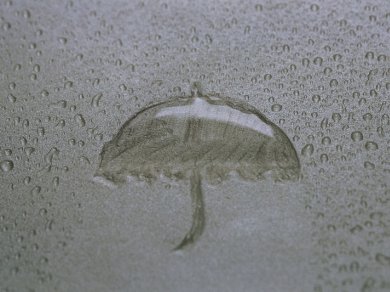Direct measurement of water on surfaces using atomic force microscopy (AFM) is problematic. The loosely bound water molecules can be disturbed by the probe tip, giving a false picture of wetting phenomena.
Ke Xu and co-workers, Caltech, USA, have modified existing AFM techniques to study water layers on a mica surface. They trap the water molecules by using a graphene sheet. This acts as an overlayer, protecting the water layer and allowing measurement with AFM without disturbing the layer beneath.
The first layer of water on the mica surface was shown to be ice-like, as was the second layer. Subsequent layers, achieved by increasing the humidity, appeared liquid-like. The team now hopes to apply this technique to other substrates including biological molecules and protein–protein complexes that are difficult to crystallize.
- Graphene Visualizes the First Water Adlayers on Mica at Ambient Conditions
K. Xu, P. Cao, J. R. Heath,
Science 2010, 329(5996), 1188-1191.
DOI: 10.1126/science.1192907



